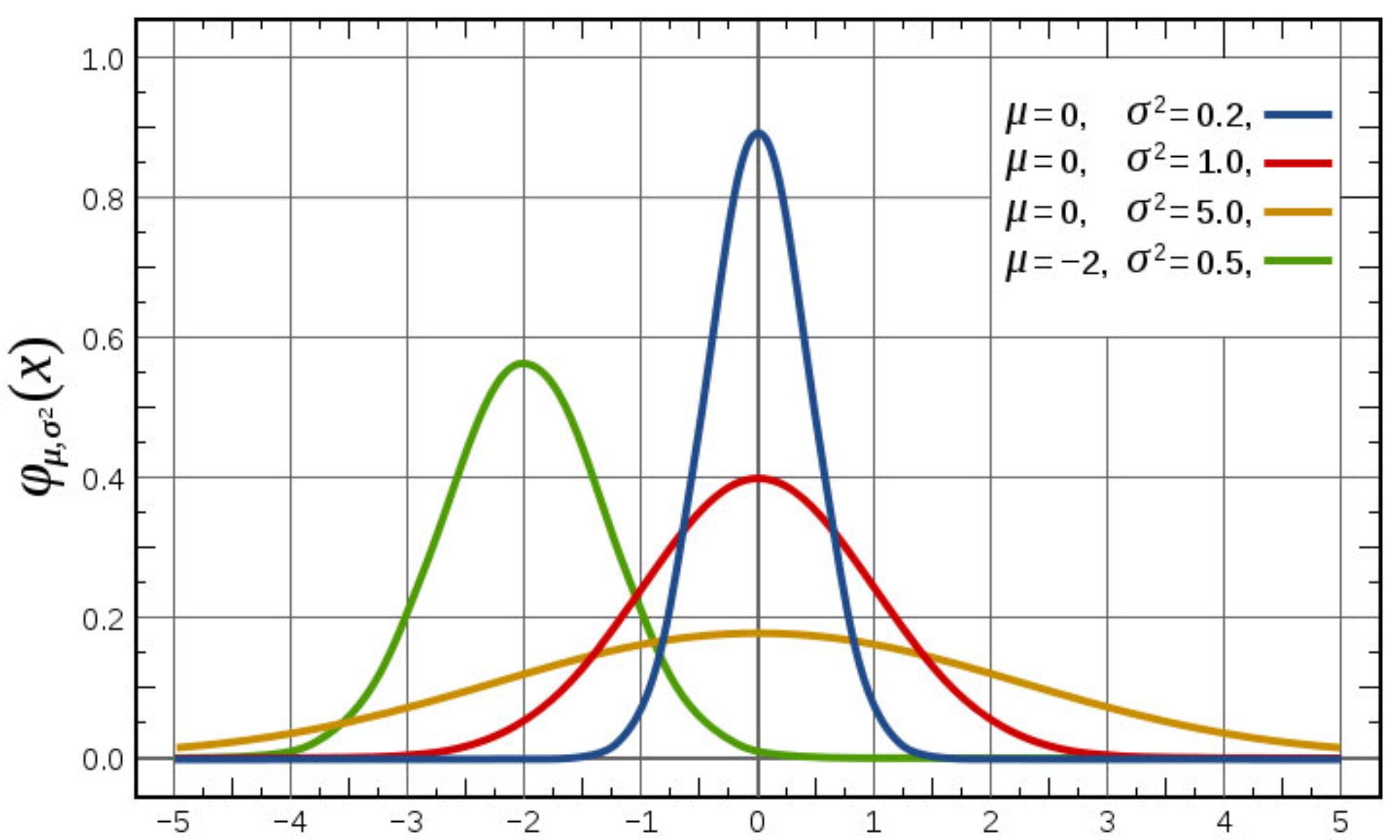It seems we can’t find what you’re looking for. Perhaps searching can help.

Options, Futures, and Other Derivatives
Finance 4366

Options, Futures, and Other Derivatives
Finance 4366
It seems we can’t find what you’re looking for. Perhaps searching can help.